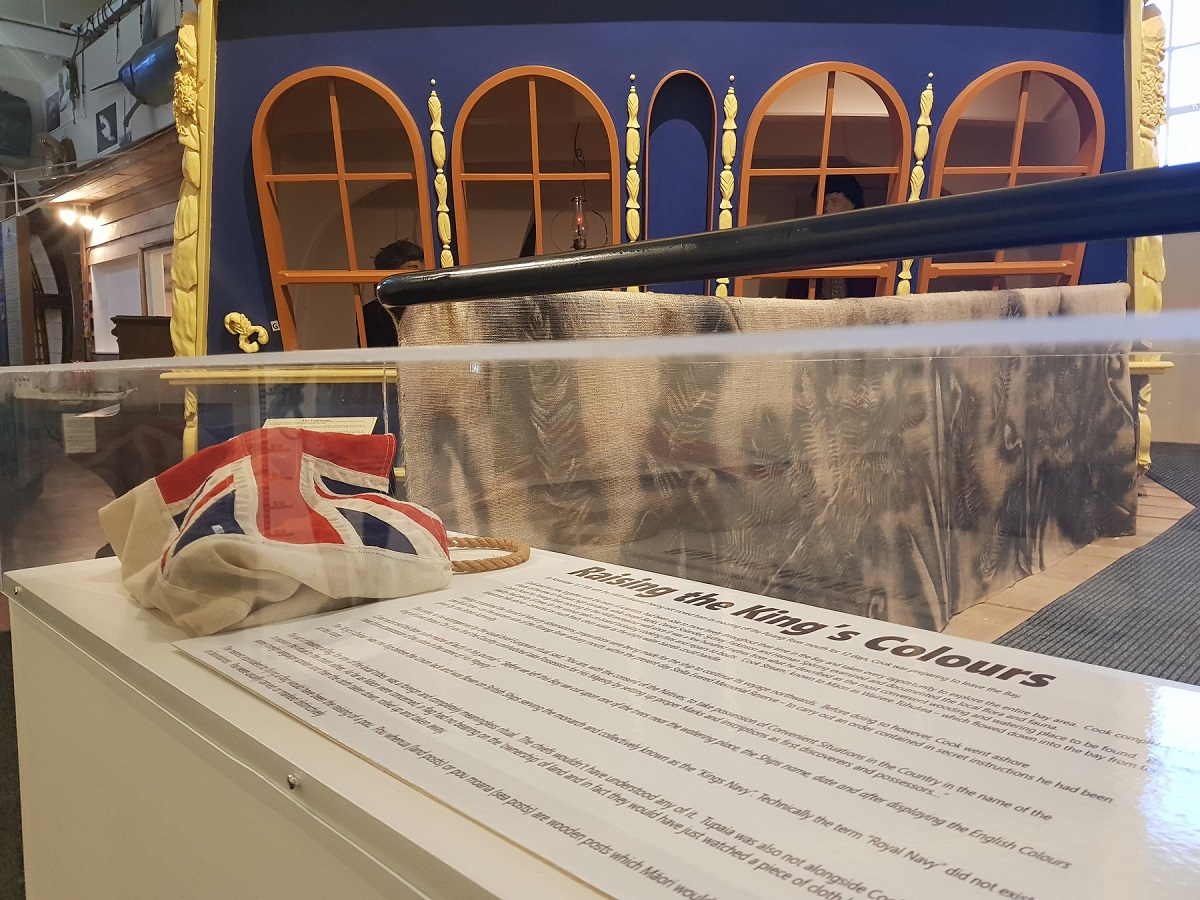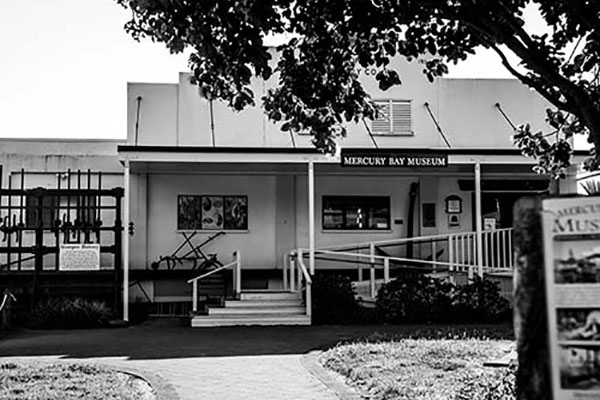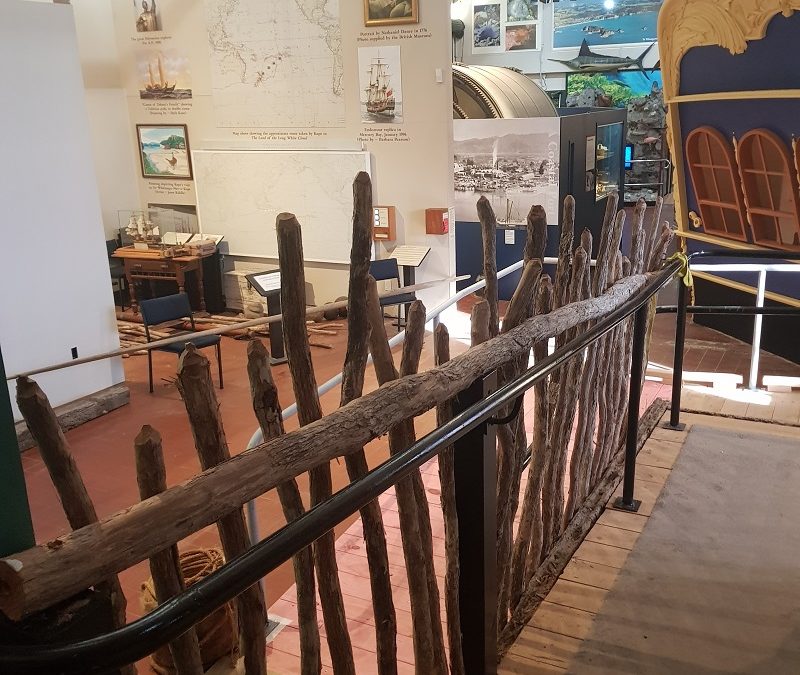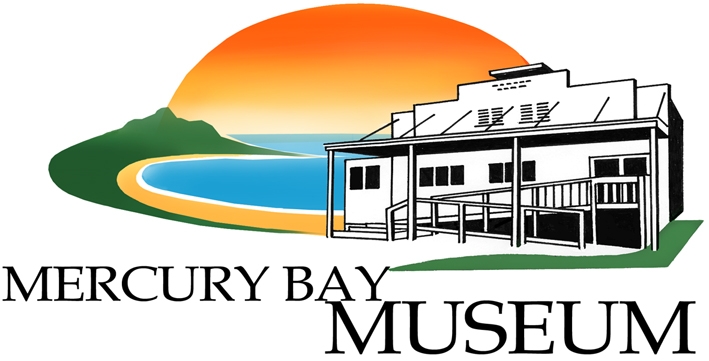Our Blog
Come Behind the Scenes – a weekly insight into the Museum world!What’s the point of museums?

I recently read an article in the New Zealand Geographic titled, “What’s the Point of Museums?” Written by Mike Dickason article really gave me some perspective on my job as manager of a museum.
We get lot of queries about why certain artifacts are not being displayed and why do we change or take artifacts out of exhibitions. Our answer to this is we are no longer in an age where everything is being exhibited with no context or even provenance as to why they are there.
Developing new exhibitions is inevitable as a museum grows and interacts with visitors and the wider community.
When designing a new exhibition, it takes a lot of thought developing the well-written signage, the audio-visual footage and any interactive components within the exhibition.
When we design a display, our artefacts may not be the initial focus and therefore are added to create further interest and/or context into the exhibition. For instance, “Twelve Days – 1769” came about when we started looking at what we wanted in our new exhibition for Tuia 250. When we looked at how we as a community museum contributes to the story of Tuia 250, we discovered that our “point of difference” was obvious and that was the 12 days that Captain James Cook and his crew on HMB Endeavour spent here in Te Whanganui o Hei. These 12 days are a very significant part of our local, if not national, history and that was our starting point for the exhibition.
The artefacts/objects came after the research was done. At that point we took each story that was being told and “matched” an object to it and that is how we developed our “Twelve Days – Twelve Objects” concept of the exhibition. This sort of process is very time-consuming and involves not only me, but a team of volunteers and members of our community too.
So, as I digressed a little, I ask again what’s the point of museums? As Mark Dickison states in his article, the basic fact many people miss is that museums are not for exhibitions. He says the best analogy of a museum is that it really is a research library. We have artefacts and archives that are interesting to researchers of a certain topic or a person researching where they have come from.
Our first job as a museum is to house and protect the taonga we have in our collections and make sure that, with the correct packaging and storage, these artefacts and archives are available to future generations.
A museum also has to collect. We love to receive new objects, photographs or that old letter that has been found at the back of the cupboard. But an object is only an object if we know its history or provenance.
We also need to determine if the object fits within the conditions of our collection policy. With this information, an object can become our “gold dust” for future research and that gets us very excited. If you do happen to find something that you think could be our “gold dust,” please contact us, we would love to take a look – and it doesn’t have to be from the 1800s to get us excited, the 1980s is now classed as “vintage!”
So next time you visit a museum, think about what is in an exhibition, but also think about what is not. Think about the time and effort we are putting into preserving your history for our future and how we are bringing you face to face with our history every day.
This article first appeared in THE INFORMER

The Museum is Turning 40!
Article first published in The Informer With Christmas only a few weeks away, thoughts tend to turn towards the upcoming festivities and our social calendars move into higher gear. Here at the Mercury Bay Museum we are ready to celebrate as well as the Museum is...

Twelve Days – 1769
It has begun!! We have started the work on our new exhibit ‘Twelve Days – 1769’ and in fact as you read this the main ‘bones’ of the exhibit is complete and now it’s the pretty design stuff to do.






